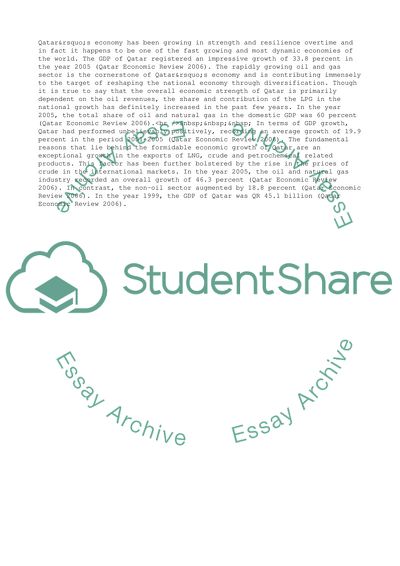Cite this document
(“Trade Policy of Qatar Essay Example | Topics and Well Written Essays - 2750 words”, n.d.)
Retrieved from https://studentshare.org/business/1409962-trade-policy-of-qatar
Retrieved from https://studentshare.org/business/1409962-trade-policy-of-qatar
(Trade Policy of Qatar Essay Example | Topics and Well Written Essays - 2750 Words)
https://studentshare.org/business/1409962-trade-policy-of-qatar.
https://studentshare.org/business/1409962-trade-policy-of-qatar.
“Trade Policy of Qatar Essay Example | Topics and Well Written Essays - 2750 Words”, n.d. https://studentshare.org/business/1409962-trade-policy-of-qatar.


